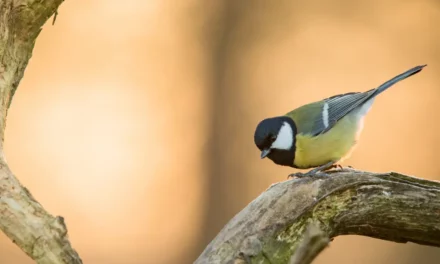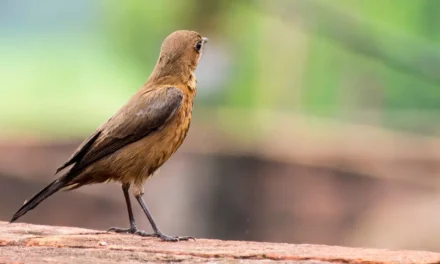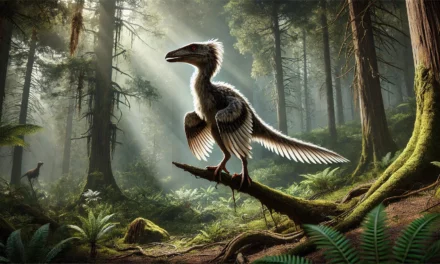What the European Pied Flycatcher looks like
The European Pied Flycatcher has a distinctive appearance, with a dark brown to black head adorned by a small white spot on the forehead. Its back and wings share the same dark tones, enhanced by a striking white wing bar. On the underside, its plumage is completely white. Female flycatchers differ slightly, sporting a warm brown color instead of the darker tones seen in males.
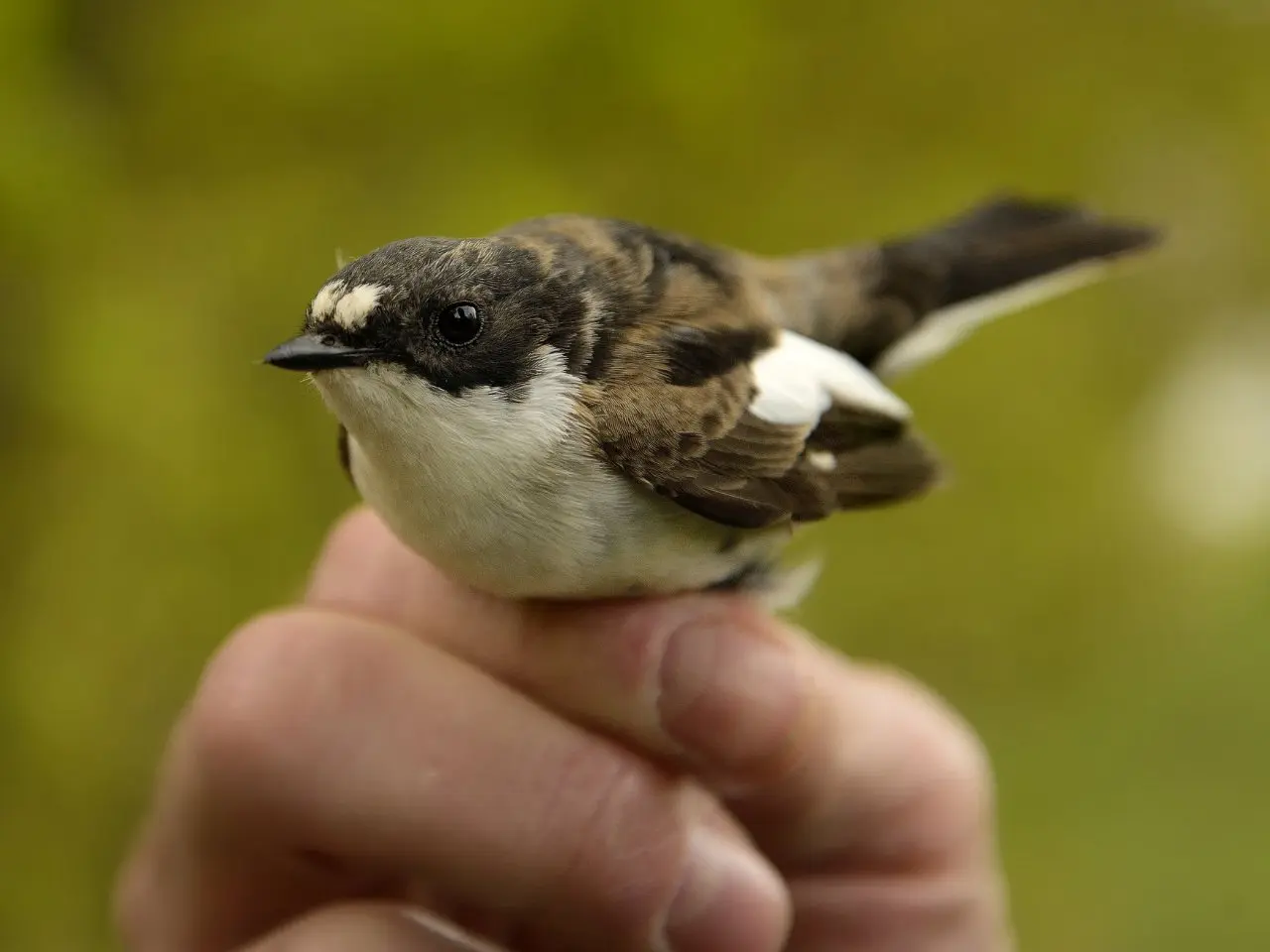
Behavior of the European Pied Flycatcher
The European Pied Flycatcher is an adept insect hunter. It primarily hunts from a perch, where it keenly observes before capturing its prey in flight, on the ground, or within bushes. Occasionally, it hovers to pluck insects from leaves, a behavior that distinguishes it from the Spotted Flycatcher, which often chases prey and returns to the same perch.
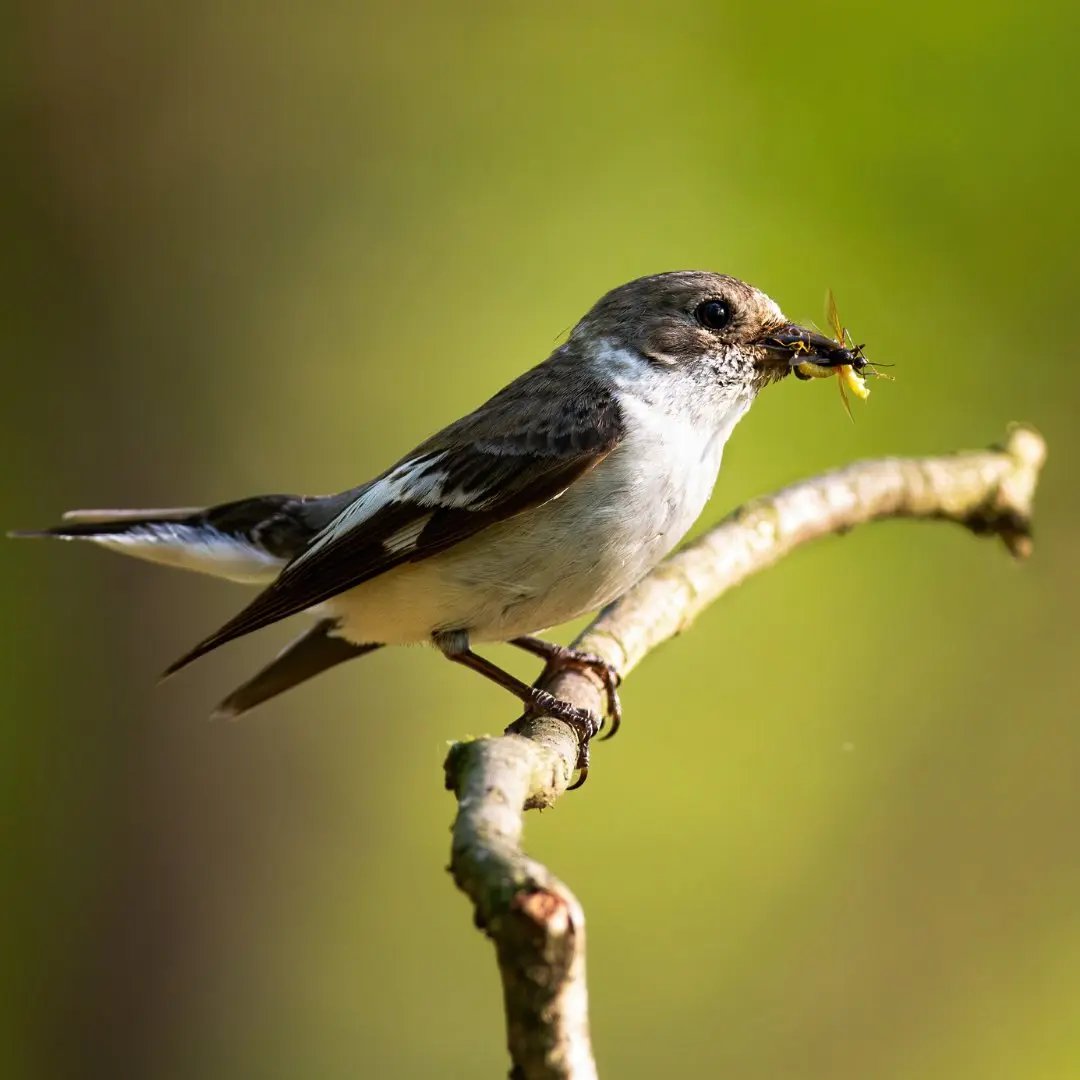
Songs and calls of the European Pied Flycatcher
The European Pied Flycatcher’s song is simple yet melodious, featuring short phrases composed of 3-4 notes often ending in a joyful finale. This makes it more tuneful than the Spotted Flycatcher’s song. Its calls include short “huit” sounds or screeching “tsek” notes, which are used to communicate within its habitat.
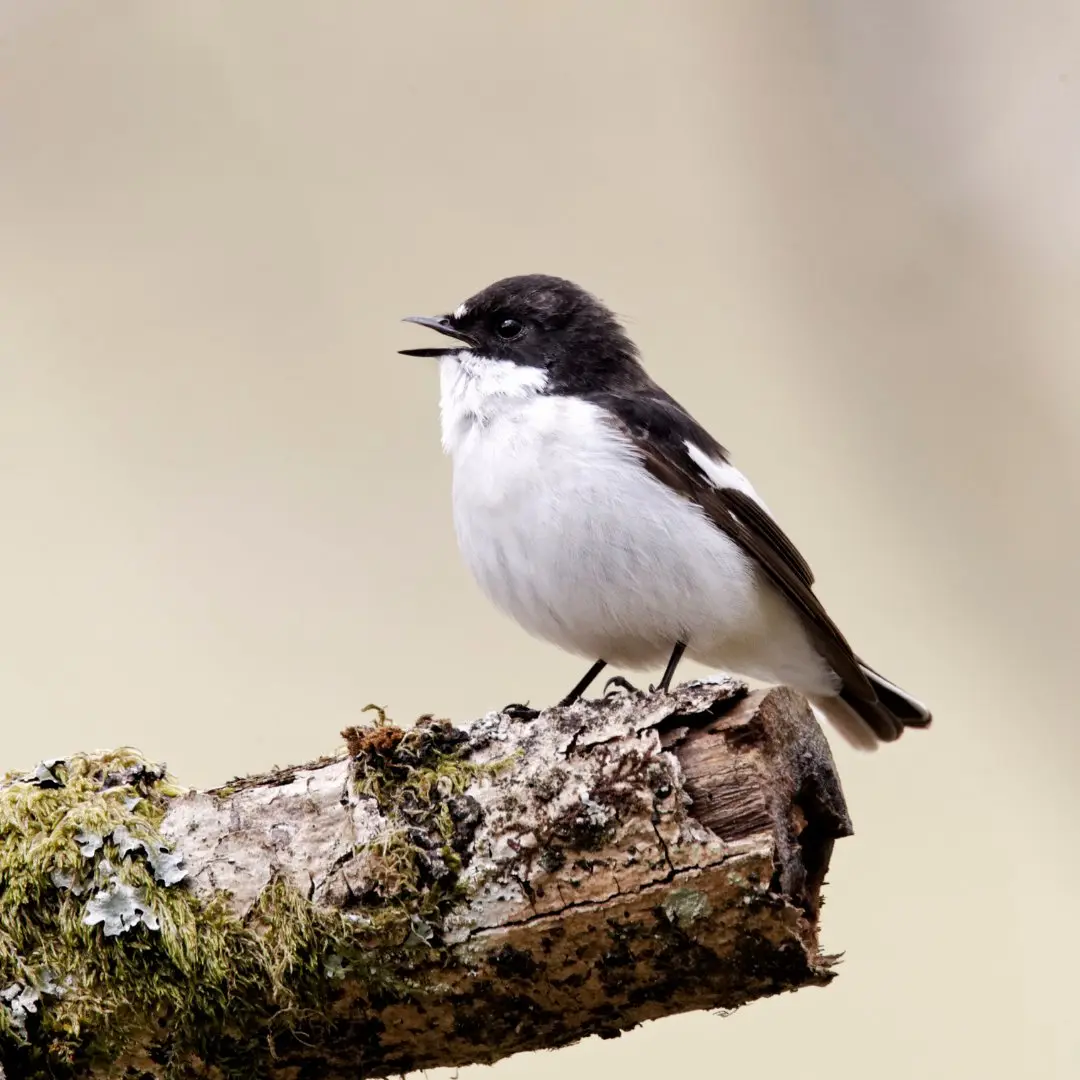
Reproduction and nesting habits
Breeding for the European Pied Flycatcher occurs from May to July, during which it produces one brood of 5 to 8 pale blue eggs annually. The male showcases a black and white plumage during the breeding season to attract females, reverting to a more subdued appearance outside this period. They prefer cavity-nesting sites, often utilizing nest boxes when natural spaces are scarce.
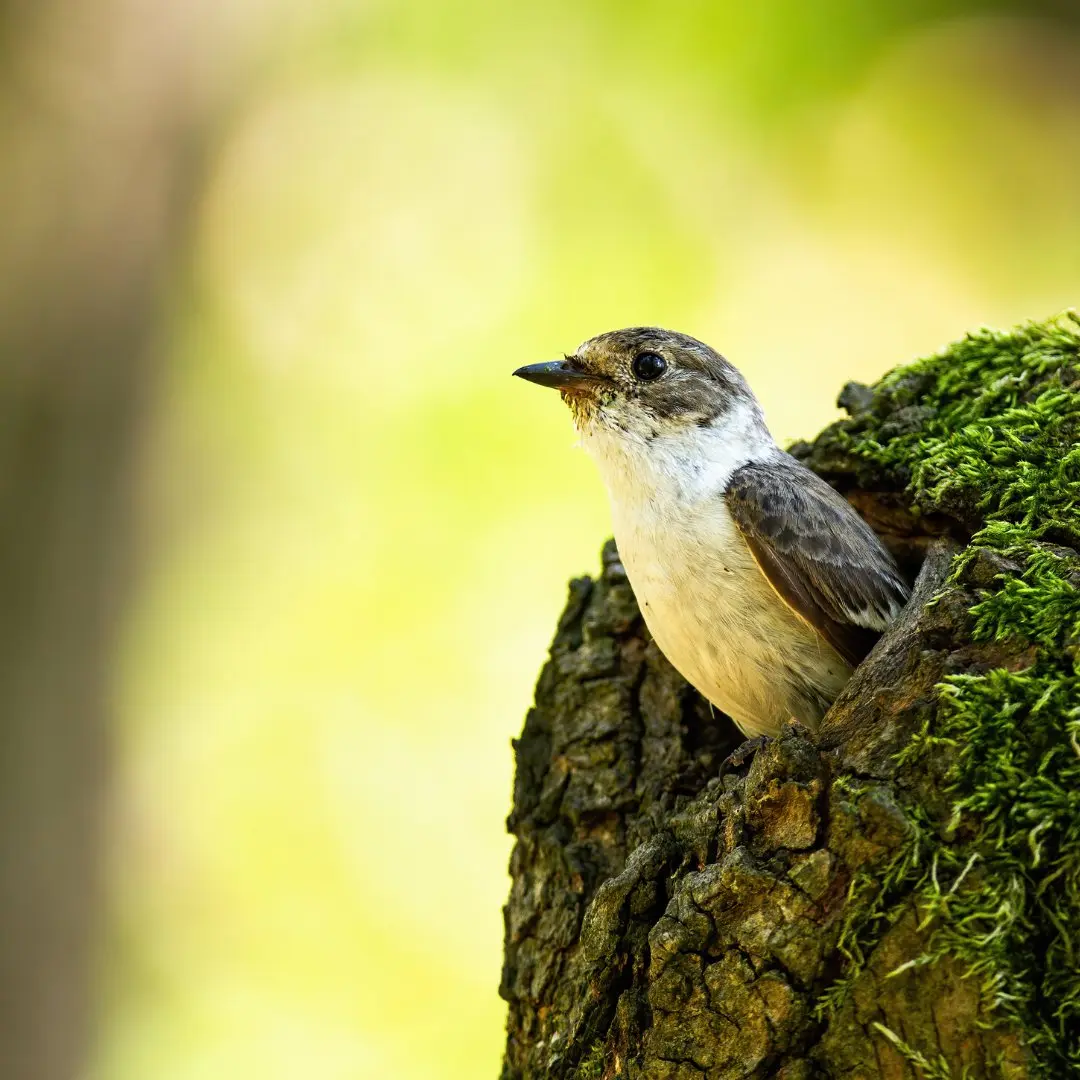
What the European Pied Flycatcher eats
The European Pied Flycatcher primarily consumes flying insects, along with spiders, ants, larvae, and other small prey. Occasionally, it will supplement its diet with berries. Its hunting skills are slightly less refined than those of the Spotted Flycatcher but remain sufficient for its survival.
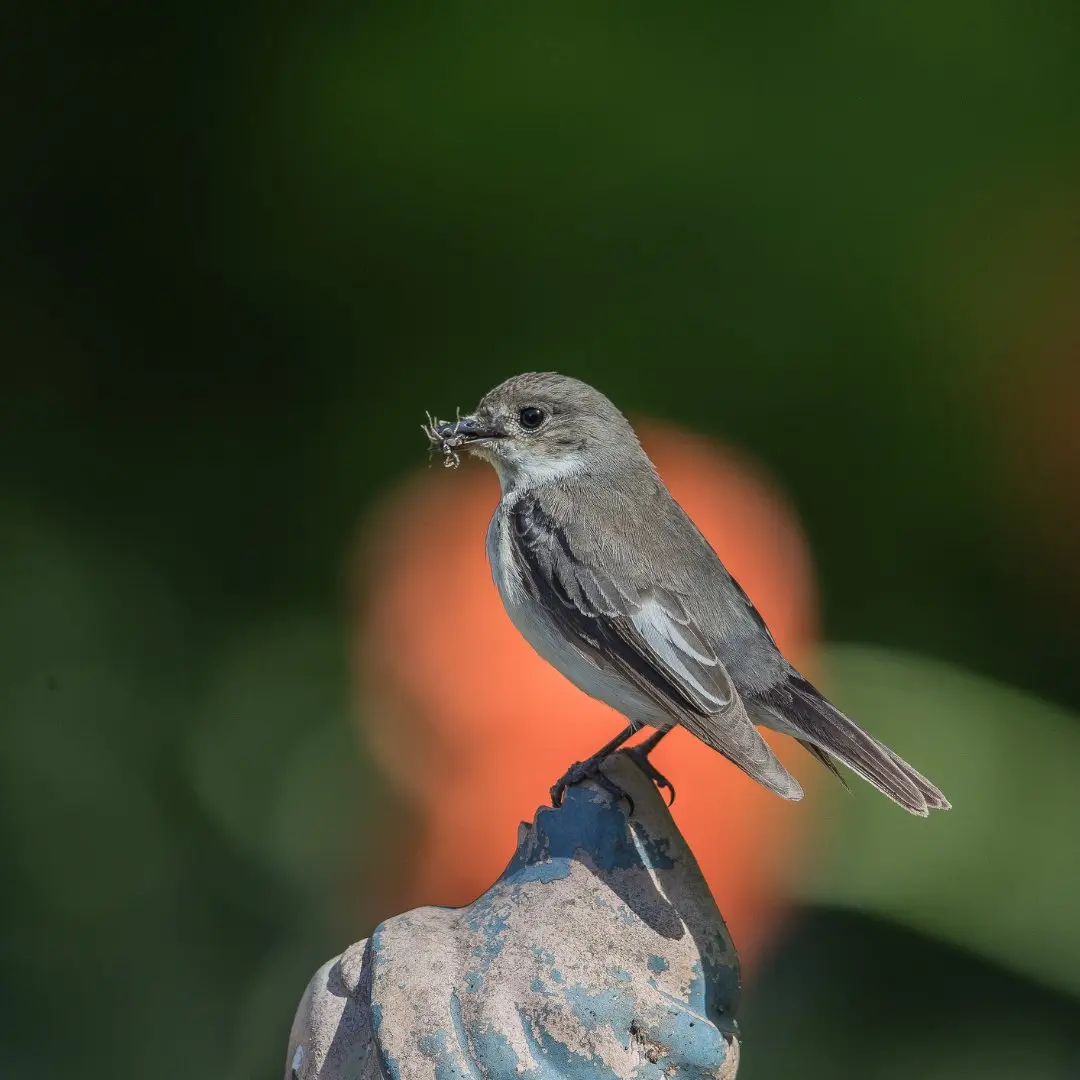
Where to find the European Pied Flycatcher
The European Pied Flycatcher is a migratory bird, seen in Europe only during its breeding season. It prefers light deciduous woods, orchards, parks, and gardens. Arriving in April, it departs in August or September for the southern Sahara. While less common than the Spotted Flycatcher in Europe, it remains a fascinating species to observe in its preferred habitats.
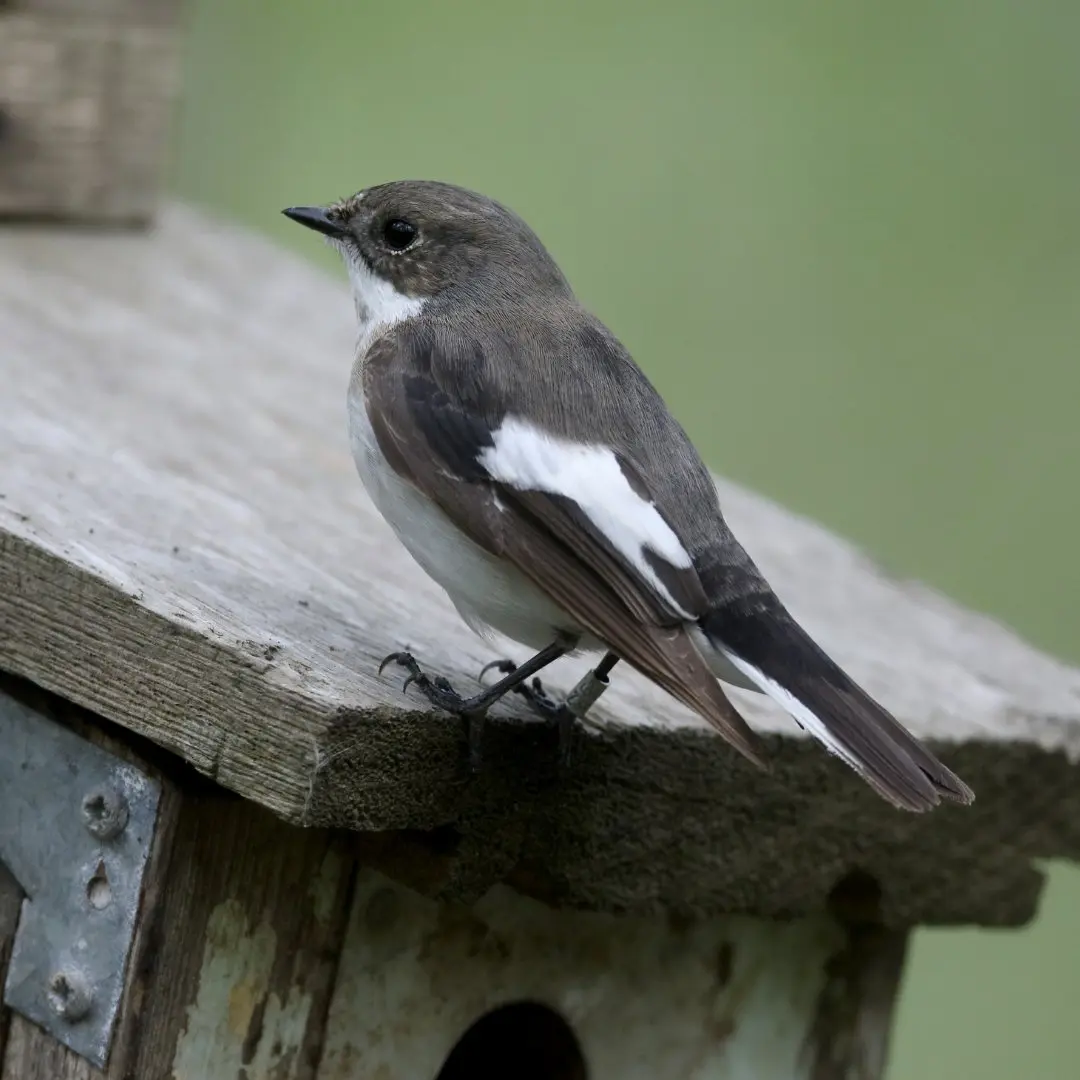
-


